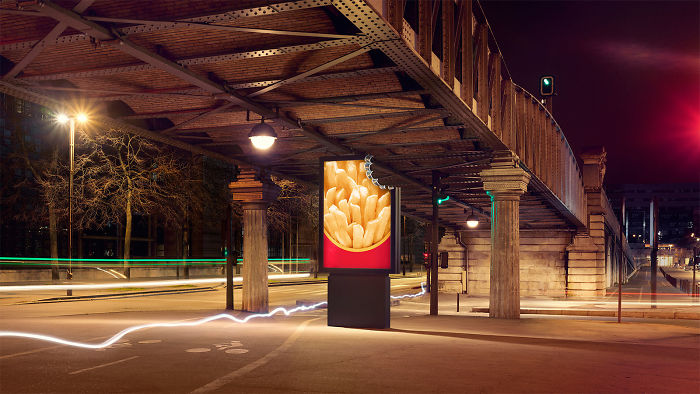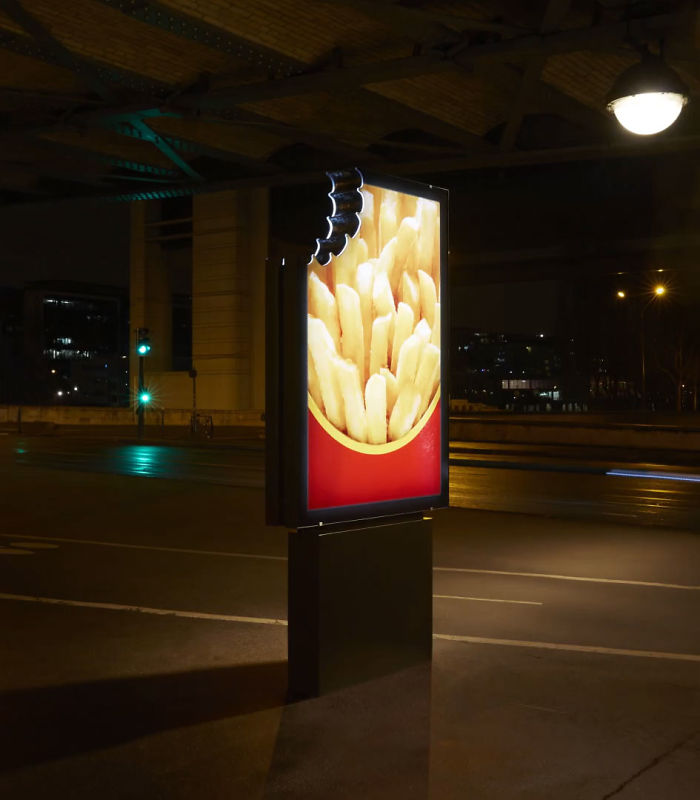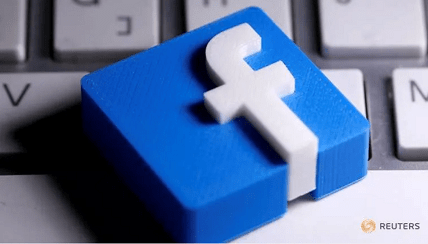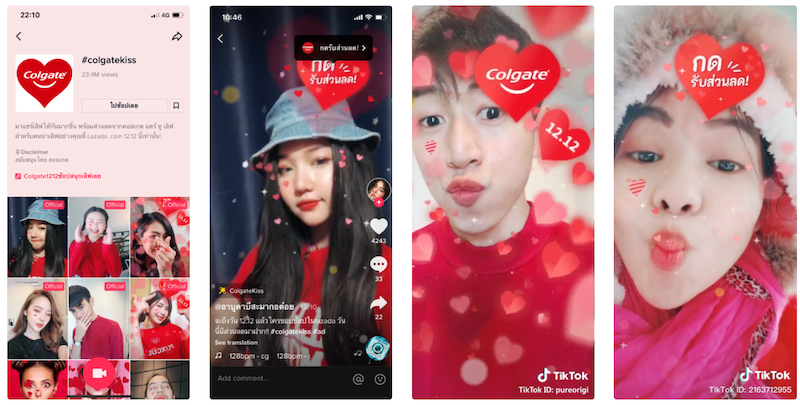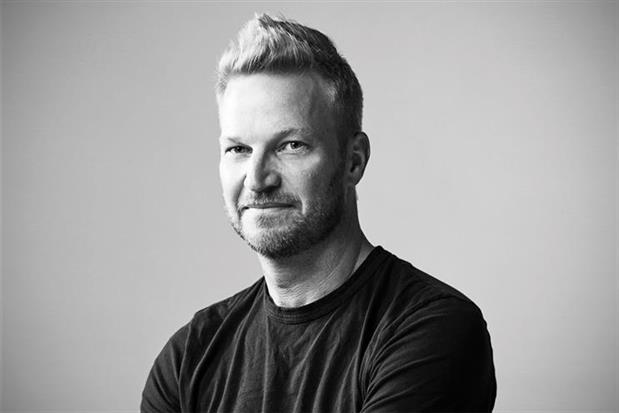By Thomas Glare.
Description: Despite the constant traffic in social media, some businesses still think they are better off not using this amazing and largely low-cost resource for advertisement. We have a few reasons why they might want to reconsider that opinion.
Introduction: Social media platforms are everywhere. If you have a smartphone and Wi-Fi, you have access to everyone you know and everyone they know every second of the day. And, while using it to reconnect with old friends is a pretty solid way to utilize such a versatile medium, it can also be a great resource for marketing.
These days, it seems like everyone has social media accounts. From toddlers to grandparents, Facebook, Twitter, and Instagram have kept us connected, for better or worse, and allowed us to know everything about everyone. It is even possible to win real money by clicking on an ad or doing a social media quiz.
Marketing in the Age of Social Media
In the past, ad traffic was expensive and could only come from television, radio, and newspapers. Promos run maybe once an hour to as little as once a week, and the target audience was only listeners, watchers, or subscribers. And advertisers hoped their target market was tuned at just the right time, but it was essentially a gamble.
These days, social media advertising has almost overtaken all other forms of marketing. As a matter of fact, when a marketing firm lists their services, if the phrase “social media campaign” isn’t mentioned, a lot of businesses will move on. It isn’t the niche market of ten years ago, but a living, breathing animal of its own.
Your Next Marketing Strategy
White pages do work, and emails are still a heavy hitter in the marketing game. But if you want to get the most eyes on your product or service, you can’t beat the endless traffic of the big three. These social media networks have made a killing based on this knowledge. So, why shouldn’t you?
Here’s how:
1. Ready and Waiting
Your customers are on social media. You want to connect with them. So, like AT&T used to say, “Reach out and touch someone.” They are waiting for you to tell them what you have to offer. Don’t leave them in suspense.
2. Branding
You aren’t just a business but a brand. And your brand is the face of your company. People recognize big brands because they stand out, and there is something special about them. Get your brand out there and introduce yourself!
3. Improving Relationships
Online reviews have replaced comment cards, and access to business owners has become commonplace. Using social media to stay connected with your customers is the best way to know whether your business is doing well, and what to do to fix it if something is wrong. Instantly.
4. A Wider Net
Any social media manager will tell you not to aim at small but launch a large campaign to draw big attention. As far as social media plans go, this is a valid idea. You may inspire new business just because you took a chance on an untapped market for your niche.
5. Low Money Down
Let’s say you are a casino. Your business is to bring in people with money to spend. But how? Free coupons! You put a free coupon for slots free spins on Twitter, and the traffic flows into your site. And you paid next to nothing for it. Social media marketing is the most cost-effective medium for product promotion.
img alt: social media marketing
6. Competition
Everyone has a business out in the world that is trying to take your customers and your dollars. And guess what? They already have a website and tons of followers, subscribers, and valued customers. They aren’t taking your business; you are giving it to them by not having a social media strategy.
7. Loyalty
People like to know who they are buying from. A bad social media brand can kill a business, just because of the owner’s improprieties. But if your customers are aware of your story, and it garners trust and makes you seem like a quality human-being, they instinctively want to support you.
8. Drawing a Bullseye
While you can throw out a huge campaign that blankets the entirety of social media, you can also target specific people, catering to your most fervent customer base only. It is similar to fishing with a bait that only certain fish like. Sure, you will get some outsider nibbles, but you will hook what you came for.
9. Up the Ladder
Along with knowledge of SEO, traffic algorithms have a hand in search engine rankings. The more people visit you, the higher you are on the list when customers search for your business. Typically, the average web surfer will pick one of the top five links when looking for just about anything.
10.Reaching and Grasping
Just like the Internet is global, so is social media. And that means you can now advertise all over the world from one or more platforms with ease and speed. Customers in Estonia can buy your product, receive it, and give you feedback in a matter of days, not months like in the past. It has connected the commerce of the world.
Conclusion
Social media management may seem a little odd to those with old school marketing ideas, and that makes sense. So many advertising fads have come and gone, it can be puzzling if getting an account for your business might just end up as a waste of time. But the upshot is that advertising on platforms like Facebook, Twitter, and Instagram are so quick and easy that you’re actually wasting more time trying to come up with reasons not to. Do you advertise your business on social media? Has it helped your bottom line and customer traffic?
By Thomas Glare
Thomas Glare runs a marketing firm and believes in the power of advertising through social media platforms. He recognizes it as a vital tool in promotional mediums and uses it on a regular basis for his clients to promote his own business interests.





